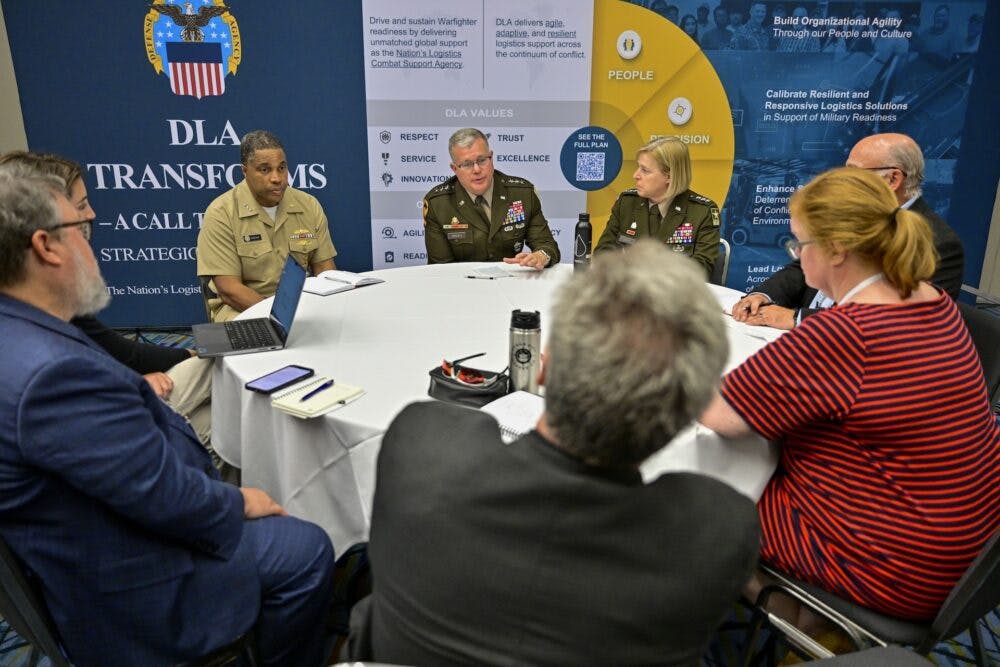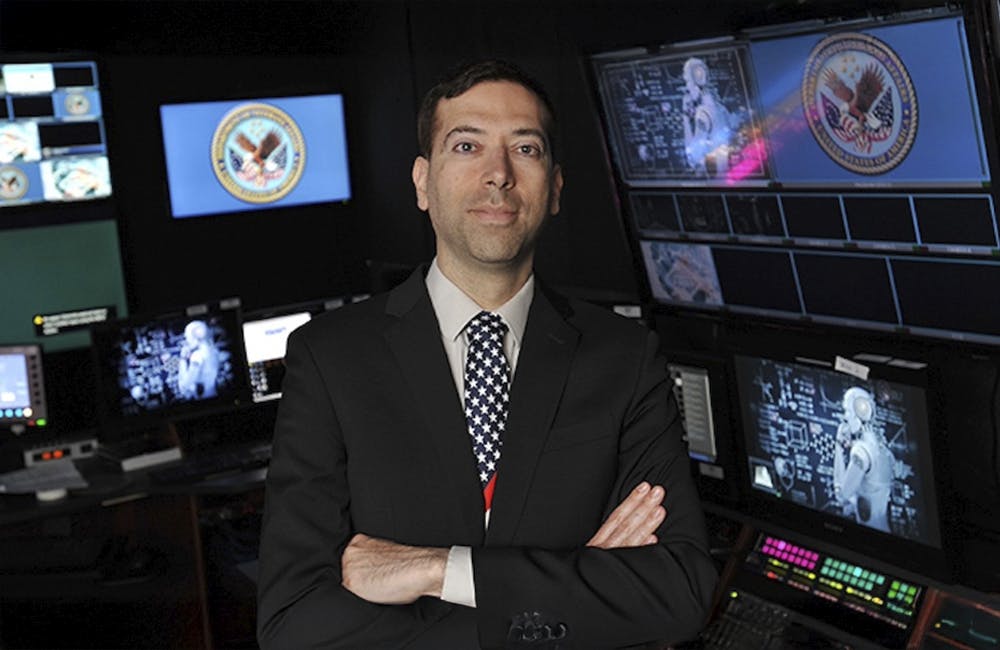DHS Office Transitions to New Biometric Identification System

As federal agencies across the board focus on IT transformation, one Department of Homeland Security office is spearheading the important transition for the largest biometric identification database in the federal government to better execute its mission.
The Office of Biometric Identity Management (OBIM) is leading the transition for the government’s biometric identification system used by a variety of federal customers to help secure the country, among other things. OBIM’s efforts center around the transition from the old Automated Biometric Identification System (IDENT) to the new Homeland Advanced Recognition Technology (HART) system.
DHS established IDENT in 1994 with limited technology available. Since then, the system has grown into the “largest automated biometric identification system in the U.S. government,” according to OBIM, which runs IDENT and will run HART. However, propping up IDENT’s older architecture comes at a cost, one that OBIM and DHS seek to solve with HART.
If the transition seems simple, consider the size of the enterprise involved and all of the stakeholders.
In terms of scale, in fiscal year 2017, IDENT held over 220 million unique biometric identifiers, processed more than 320,000 biometrics-related cases daily and executed prioritized queries “in less than 10 second with 99.7 percent accuracy,” according to OBIM.
Most people may think of fingerprints as the prime example of biometrics, but it includes much more.
“A biometric is a measurable physical characteristic or personal behavior trait used to recognize the identity or verify the claimed identity of an individual. The most common biometrics in use in the security market today include fingerprints, facial image or iris scans,” according to the DHS Biometrics Strategic Framework for 2015 to 2025 and originally released in June 2015.
David Grauel, OBIM’s replacement biometric system (RBS) program manager, recently discussed the changeover from IDENT to HART at Connect:ID 2019 April 30. In addition to giving an overview of OBIM and HART, Grauel emphasized a shift in focus from on-premises data centers to the cloud with a specific objective to remain cloud-agnostic over time.
“We are making a significant strategic shift from our enterprise data centers into the government cloud,” Grauel said. Grauel’s organization is starting with the Amazon Web Services GovCloud. Other federal agencies like the Small Business Administration have prioritized the move to the cloud and analyzed the pros and cons of different cloud strategies.
These cloud capabilities diverge from the hardware-focused workload of the current system, especially for fingerprint services, which are currently based on high performance hardware matching, according to Grauel. Cloud services will allow OBIM to more easily scale up and down during surges and lulls in requests to process biometric identification.
HART and the move to the cloud also comes with security considerations. Grauel referred to his organization’s approach to cybersecurity as cyber resilience. Certainly personally identifying biometric data — including on U.S. citizens — must be secured to the highest degree possible. Privacy is another crucial and related aspect.
“We have taken a very serious stance on privacy. We’ve got a dedicated privacy team within our organization,” Grauel said.
In terms of overall HART progress so far, Grauel said the team has completed approximately 90 sprints with seven agile teams using the agile development framework and is currently finalizing infrastructure development for data migration.
Grauel emphasized that OBIM is excited about the promise that HART and other transformational IT initiatives like the move to cloud computing will enable it to expand and improve its offerings to better service its customers, including many of the law enforcement and homeland security organizations that rely on OBIM’s systems.
This is a carousel with manually rotating slides. Use Next and Previous buttons to navigate or jump to a slide with the slide dots
-

DOI Must Modernize Energy to Win AI Race, Secretary Says
Doug Burgum links AI innovation to energy reform as DOI advances digital infrastructure and wildfire response under Trump’s tech agenda.
2m read -

Army Combines Commands to Propel Innovation Under New Transformation Plan
Lt. Gen. Miles Brown outlines a new transformation strategy after the AFC–TRADOC merger to integrate new technologies within 18 months.
4m read -

NIST to Release New AI Cybersecurity Guidance as Federal Use Expands
NIST plans to release AI cybersecurity guidance within the year to support safe adoption as federal agencies expand use cases.
4m read -

CIA Adds Fourth Pillar to AI Strategy, CAIO Says
Lakshmi Raman says the new pillar marks a strategic shift toward embedding AI more deeply into the CIA’s day-to-day mission execution.
3m read -

FEHRM CTO Targets Two-Year Cloud Migration for Federal EHR
Lance Scott touts new EHR tech advancements, including cloud migration, expanded data exchange and AI integration to improve care delivery.
4m read -

AI Enables Coast Guard’s Workforce to Transform Operations
The Coast Guard’s Deputy CIO Brian Campo delves into the ways AI is pushing the service to rethink its core services, workforce and operations.
14m watch -

New Army Acquisition Plan Cites Autonomy, Predictive Analytics
Officials outline how the Army Transformation Initiative signals a broader shift toward efficiency with tech and acquisition reform.
4m read -

DOL Turns to Workforce Development to Maintain AI Superiority
DOL is bridging the AI skills gap through partnerships and upskilling to ensure future AI workforce readiness.
10m watch -

Trump’s Executive Order Spurs Federal Push for AI Literacy
Agencies are ramping up AI literacy efforts across the federal workforce and education systems after Trump's executive order on AI education.
5m read -

AWS Summit: A DOE National Lab Uses GenAI to Boost Efficiency
Lawrence Livermore National Lab launches a new generative AI tool to drive operational efficiency at the National Ignition Facility.
9m listen -

VHA’s AI Chief Led NIH’s New AI RFI
The agency's AI chief Gil Alterovitz helped develop a plan that hints at how NIH is charting the future of AI and biomedical research.
5m read -

DOE National Labs Launch New AI Tools for Operational Efficiency
The Energy Department's National Laboratories are using AI to increase operational efficiency and drive research efforts forward.
3m read
















